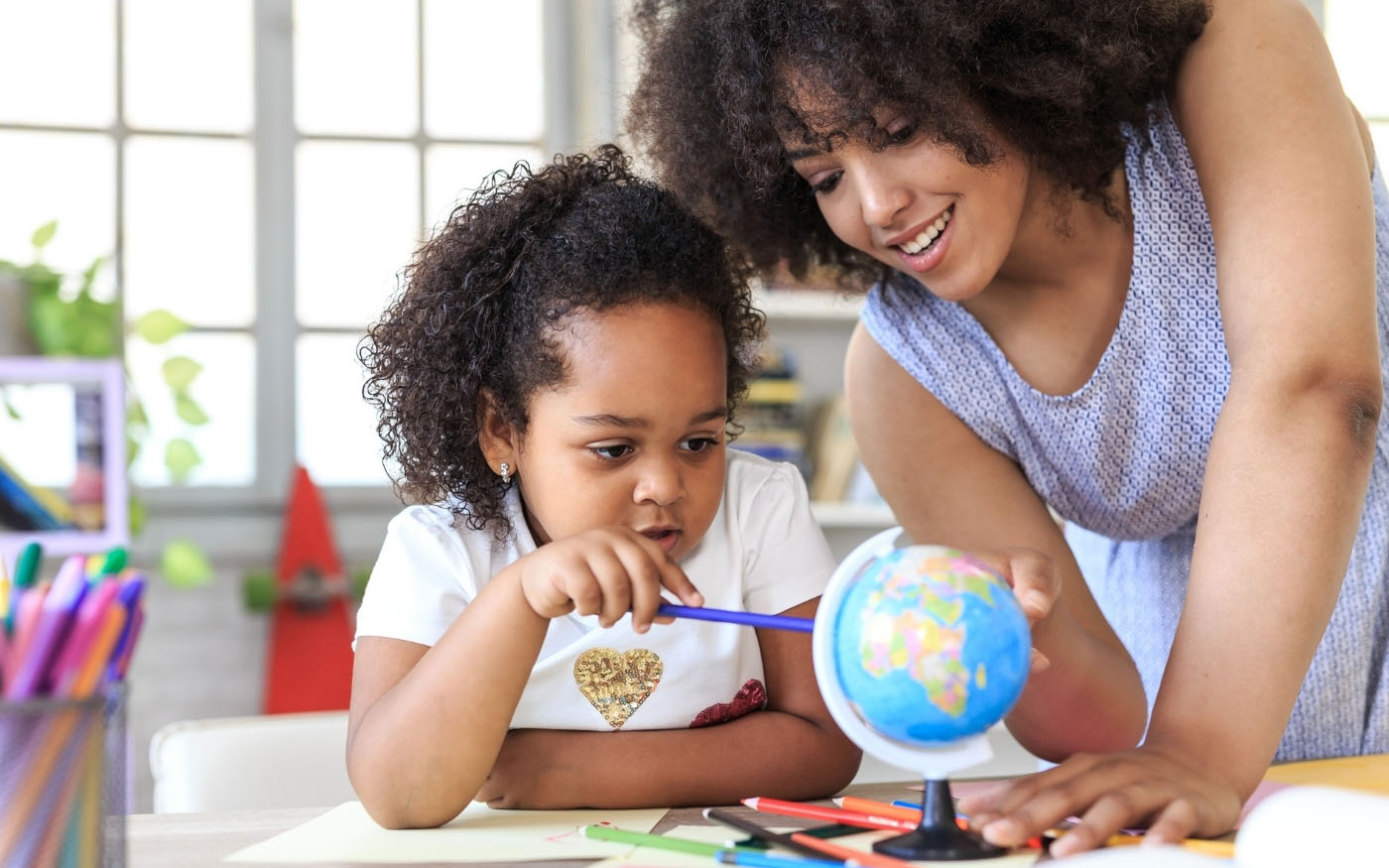recent articles
Get the most up to date information, insights, and techniques from our premiere immersion learning specialists!

More and more parents are considering methods to raise their child bilingual in a bilingual household. There are countless reasons a family might endeavor to take on this challenge to foster the education of their child so that they can speak a second language, but there are two we hear most commonly:
Most families who prioritize bilingual education as their aim and strive to raise their children in a bilingual household face a dearth of guidance and often have to blindly feel their way through the process. Few families have the benefit of dual-language or immersion schools in their area, and lack of resources and support tends to further compound the difficulties they already face. Luckily the tides are shifting in their favor; thanks to the growing popularity of dual-language schools across the country, more and more products and services are hitting the market to support a new generation of bilingual learners. Sites such as TeachersPayTeachers.com are invaluable for their quick and easy print-and-go materials used by teachers in their own classrooms. Amazon is also a good resource for education materials published in Spanish-speaking countries, though finding them may take a bit more dedication and careful use of keywords; one of our Spanish-language favorites is Spanish Language Learning Essentials. For those who are at a loss for where to start or enjoy community input, Facebook groups (such as Bilingual teachers/Dual Language: Facebook Group) can provide tips, expert advice, and resources for families on their new bilingual journey.

No matter what route you go to introduce your child to a second language, be sure to incorporate their hobbies and special interests! If your child likes soccer, watch a game on a channel that broadcasts in your target language. If your child likes music, look for the latest albums by artists who sing in both English as well as their native language.
Keep in mind that if you want to build Spanish fluency you will need to provide consistency and persist with your efforts over the long haul, so pre-planning how to make your efforts pay off is going to be the key to unlock the full potential of each activity you introduce. Once you establish routines that work and have a plan in place to revitalize those routines as interest ebbs and flows, you will be well on your way!
Consider implementing a new routine during the time of day your child is at their most comfortable; mealtime, for instance, is often a time when children are attentive and at ease. If you speak without translation during these moments your child will come to expect that form of communication, and once established, you can extend the time interacting in the target language to right before and after mealtime. Another time of day that is easy to associate positivity through nurturing routines is bedtime; as with breakfast, lunch, or dinner routines, once these are established, you can extend them to include pre-bedtime routines such as bathtime and teeth-brushing!
With young children, be sure to incorporate rhymes, songs, and games. Even though we love CDs and listening to music in the car, the very best exposure to Spanish lullabies will come straight from their parents themselves. This is a list of authentic Spanish songs that don’t necessarily exist in English, but if you’d like a list of popular bilingual songs translated from English, you can see the post on the best nursery rhymes in Spanish.

As your child grows, be consistent but get creative with your approach! Most essential to the process is to establish in your child a mindset that connects speaking Spanish with a positive mindset. This will ensure that the activities you select are promoting speaking the target language. Think for a moment about how encouraging we are with our toddlers when they communicate something new in their primary language—no matter how cryptic it may be! By keeping this same attitude of delight for even the most rudimentary interactions in Spanish, you can help foster that motivation in your child. Your enjoyment of the process, your smiles, your excitement will be contagious to your child when they are very young. As they enter their stages of gradual independence from you however, you may find that creating simple rewards, goals, or fun challenges specific to your child’s personality to be more useful.
Another important factor to consider is how much time you spend interacting in the target language. “Pediatricians routinely advise parents to talk as much as possible to their young children, to read to them and sing to them,” says Perri Klass, M.D. in her article Raising a Truly Bilingual Child. “Part of the point is to increase their language exposure, a major concern even for children growing up with only one language. And in order to foster language development, the exposure has to be person-to-person.”
A target exposure of six hours of immersion interactions per week is considered to be a minimum recommendation, and while it cannot guarantee fluency due to the many factors that influence language acquisition (i.e. age of child, the range of diversity of exposure/experiences, etc.) this quantity of exposure over a three-year period is a good goal to aim for in establishing a solid base-level of vocabulary and foundational communication skills. Achieving this level of exposure takes careful planning, and a routine involving a variety of activities should be central to it. Some parents send their children to language schools to learn their target language in a more formal way, and now with more and more online classroom models taking off in the wake of the pandemic, it’s never been easier to find an option that fits your schedule and pocketbook! Both online and in-person options have their pros and cons, so it’s important to try online classes before totally discounting their potential to help you achieve your goals.

Here is what a sample routine weekly schedule might look like:
This past year with travel as restricted as it has been, parents that rely on trips to visit family overseas to support their second-language development goals have felt the burden fall more heavily on themselves to shoulder their child’s education, whether for a second language or for their child’s core subjects. Researching your local community of parent groups to form second-language immersion social clubs is one way to find others with your same goals in mind! Introducing your child to older children who can speak the language fluently can also be a tremendous help in encouraging them along the way.
In the mean time, we will continue to provide you with additional ideas, insights, and resources. Acquiring multiple languages takes dedication, but the rewards are long-lasting and develop not only communication skills, but also the ability to think critically and creatively, and the potential to open your child to new worlds and new ways of thinking has never been greater.
Get the most up to date information, insights, and techniques from our premiere immersion learning specialists!
// this hack forces VvPrismVars' output style block to cascade after the prismjs css does